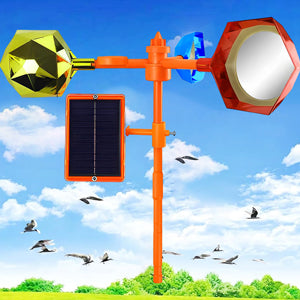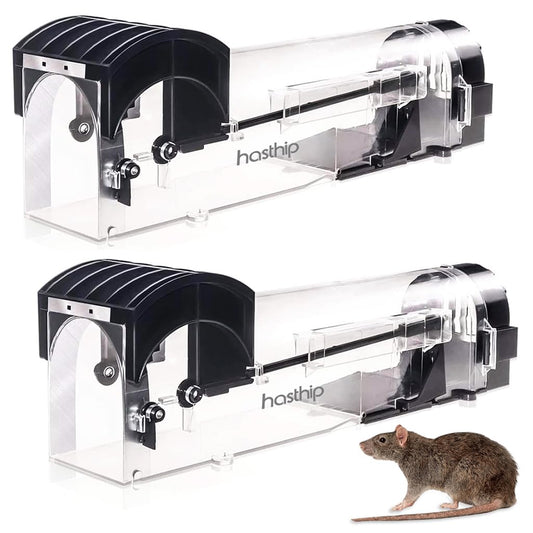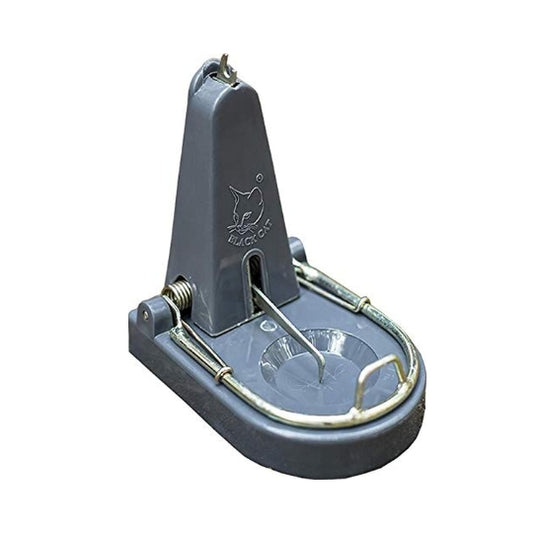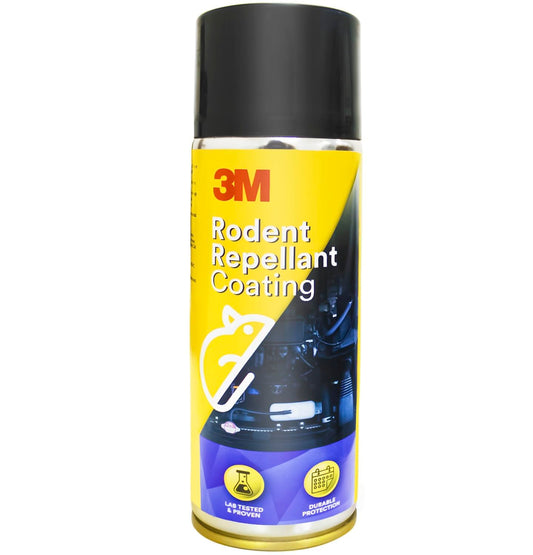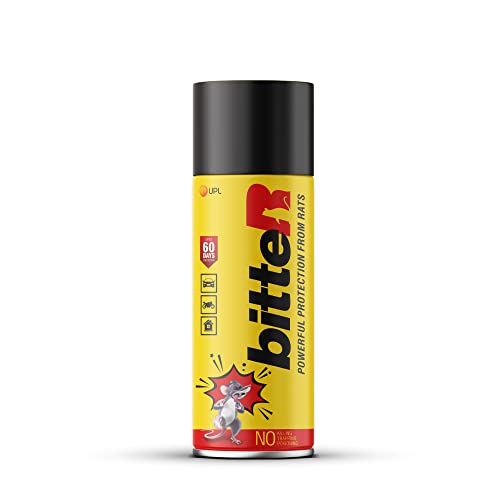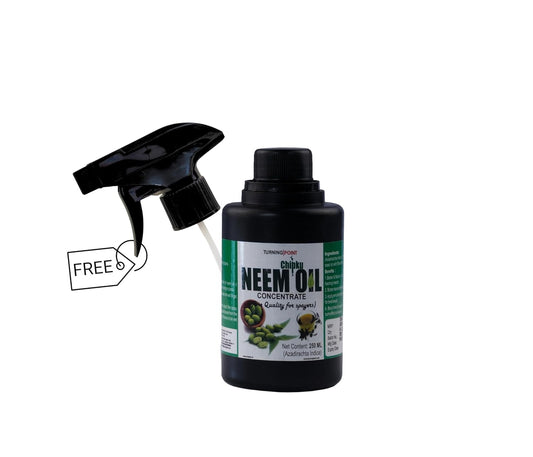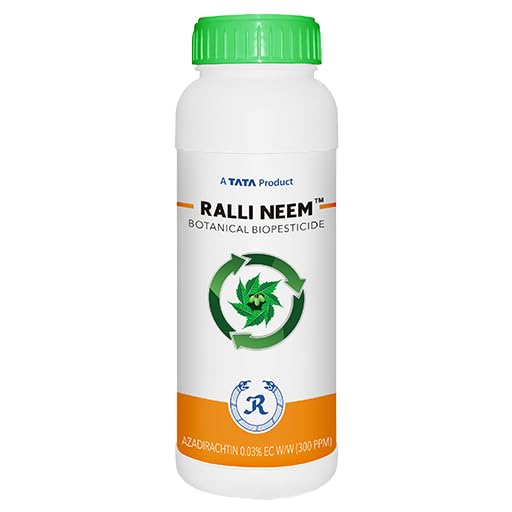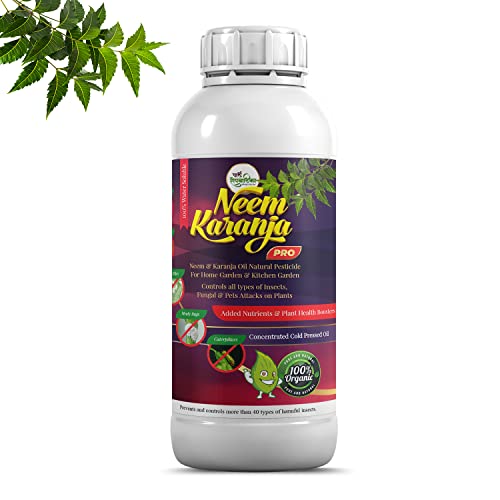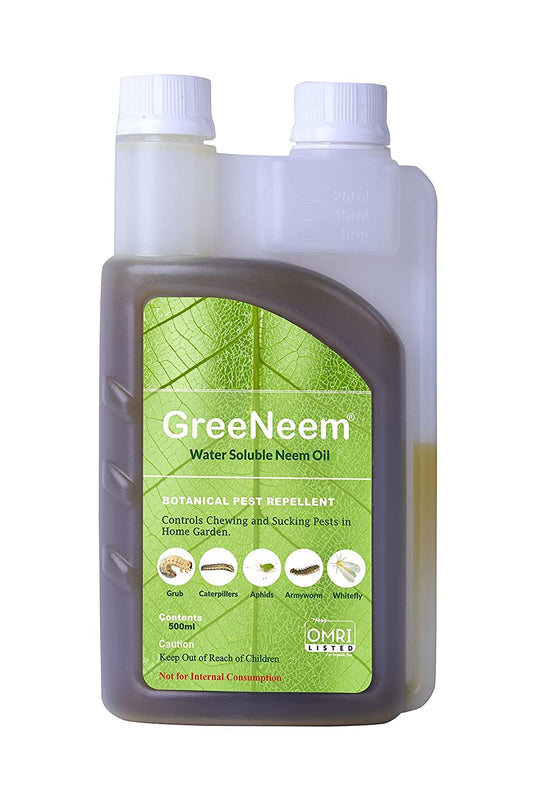Are you lowering potato yield by using potash fertilzier?
Share
The amount of potash needed in potato depends on the soil type, soil fertility, and cropping. In general, potatoes take up about 5.8 kg K2O per tonne of tubers. This means that a high-yielding potato crop may remove up to 500 kg K2O per hectare from the soil.
The recommended rate of potash application for potatoes is 100-200 kg K2O per hectare. However, it is important to get a soil test done to determine the actual potassium requirements of your soil.
It is important to avoid over-applying muriate of potash, as this can lead to chloride toxicity. Chloride toxicity can cause stunted growth, leaf chlorosis, and reduced yields. If you are using a muriate of potash (MOP) fertilizer, it is important to use it in moderation. MOP is a chloride-based fertilizer, and too much chloride can be harmful to potatoes. As cloride holds lot of water, accumulation of starch get hindered.
A better option is to use a sulfate of potash (SOP) fertilizer. SOP is a non-chloride fertilizer that is better for potatoes.
The ideal NPK ratio for potato fertilizer is 2-2-3. This means that the fertilizer should contain 2% nitrogen, 2% phosphorus, and 3% potassium. However, you may need to adjust the ratio depending on the specific needs of your soil.
It is also important to apply fertilizer at the right time. Potatoes need potassium during the early stages of growth, so it is important to apply fertilizer before planting. You may also need to apply a second application of fertilizer during the growing season.
By following these guidelines, you can ensure that your potatoes get the potassium they need to produce a high yield of healthy tubers.
Here are some additional tips for fertilizing potatoes:
- Test your soil before fertilizing to determine the actual potassium requirements of your soil.
- Use a fertilizer that is high in potassium and low in chloride.
- Apply fertilizer before planting and again during the growing season.
- Water the fertilizer in well after applying it.
- Avoid over-fertilizing, as this can lead to nutrient burn.
- By following these tips, you can help your potatoes reach their full potential and produce a bountiful harvest.


